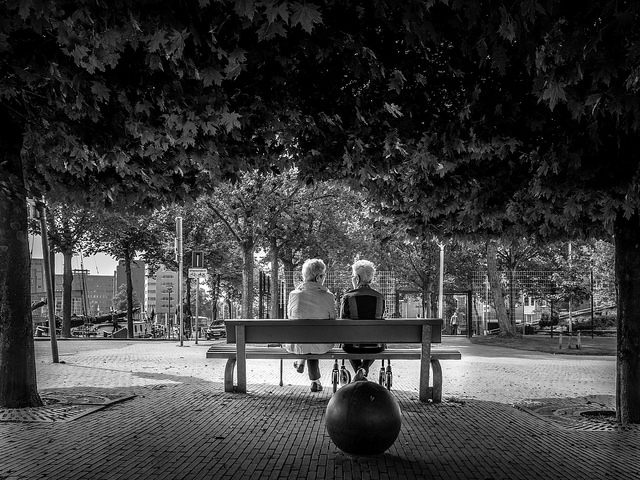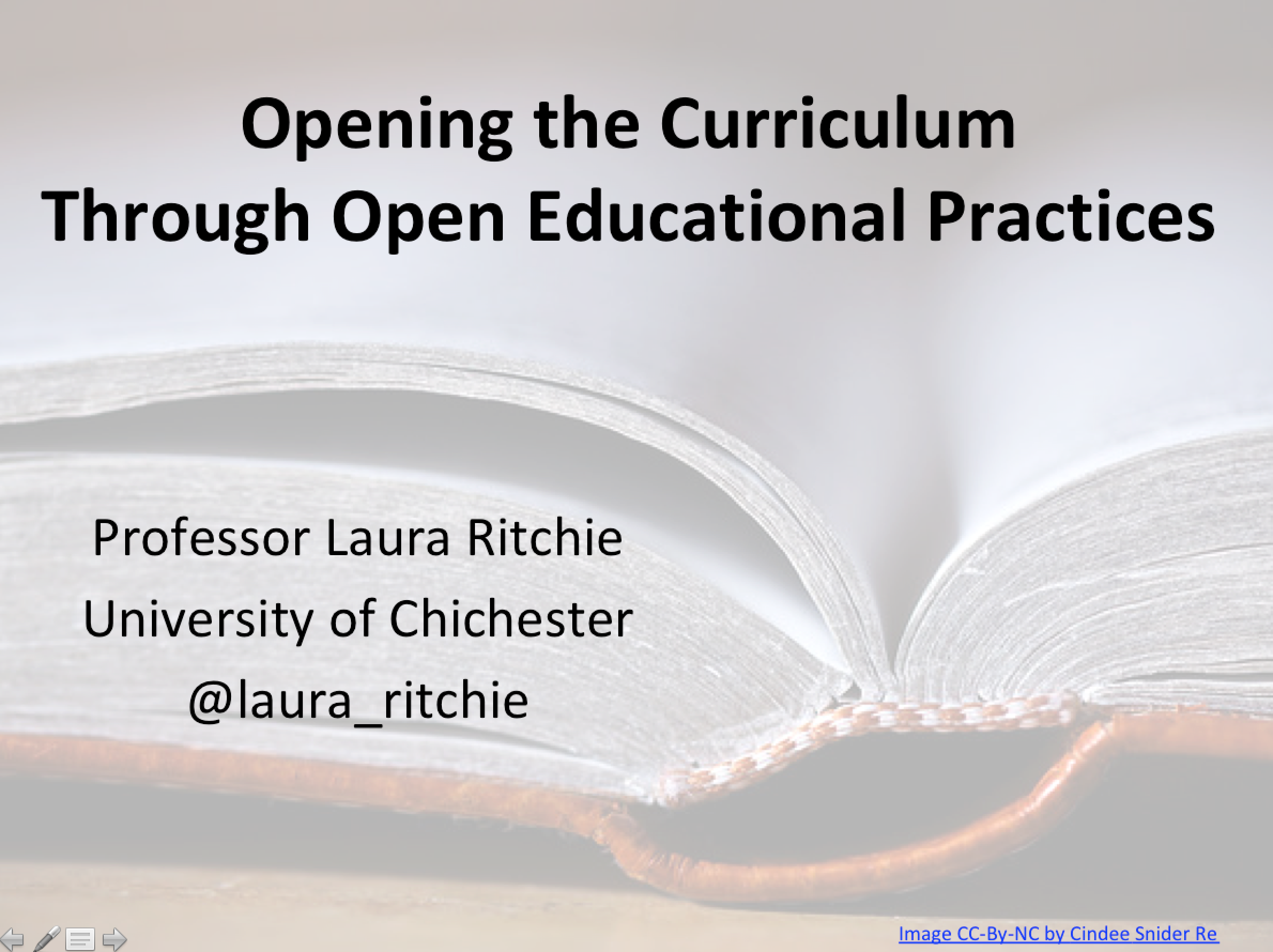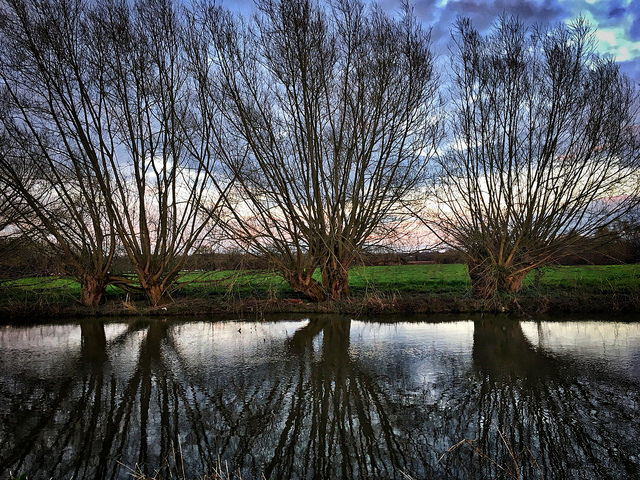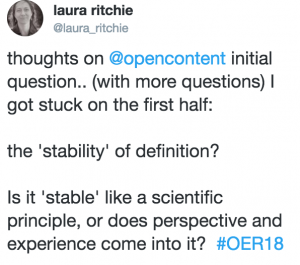After giving a workshop it was suggested I write an article based on the principles. I have submitted it to present at the 2018 Learning and Teaching Conference at my university. There is not proceedings or publication from it, so I am sharing here. Slides are embedded below the text.
Abstract
This article examines the concept of constructive alignment in learning (Biggs, 2005) and how integrating reflective practice throughout teaching and learning, encourages deeper learning experiences. Teachers are encouraged to aligning learning outcomes, activities, feedback, and assessment to benefit students as they progress from learning and preparing for assessment to achievement. Recognising and understanding the student perspective is essential to understanding the balance of how taught material, experience, and avenues for application of learned skills can impact student engagement. The principles of student self-efficacy beliefs (Bandura, 1986) and the influence these have on student’s self-regulation of their learning behaviors (Zimmerman, 1998; Schunk & Usher, 2013) is explored. The importance of integrating feedback in accessible ways and providing opportunities for students to develop their agency throughout learning is highlighted and presented alongside practical suggestions for teaching.
Keywords: feedback, assessment, learning design, student agency, reflection
Across higher education there is great variety and diversity in the spaces used for learning, from the indoor traditional lecture hall with one teacher speaking to hundreds of students, to small-group seminar or lab type environments, to one-to-one teaching or tutorial sessions, to the on-site placement learning that takes students into the professional workplace. Each affords different dynamics and possibilities for skills development, interaction, and feedback. The size, shape, and context of teaching and learning spaces impacts how teachers structure content and how students approach learning.Read More »Linking Skills, Feedback, and Assessment to develop Student Agency and Deep Learning




